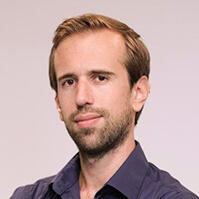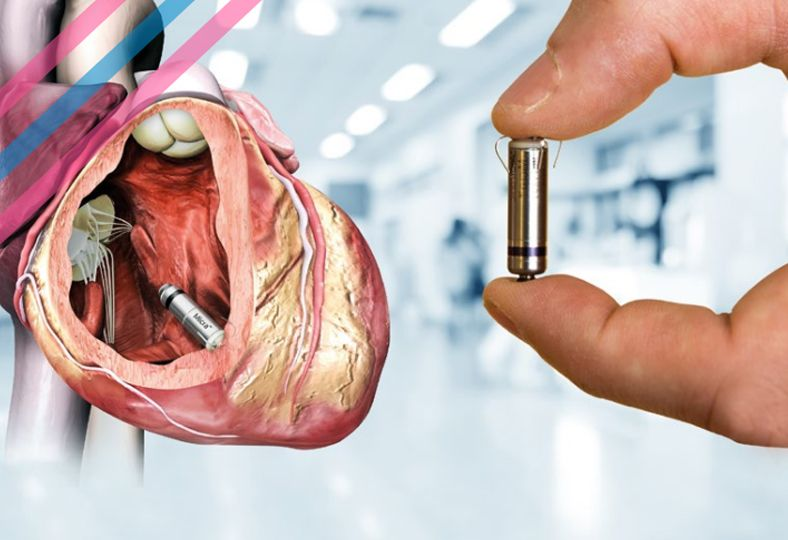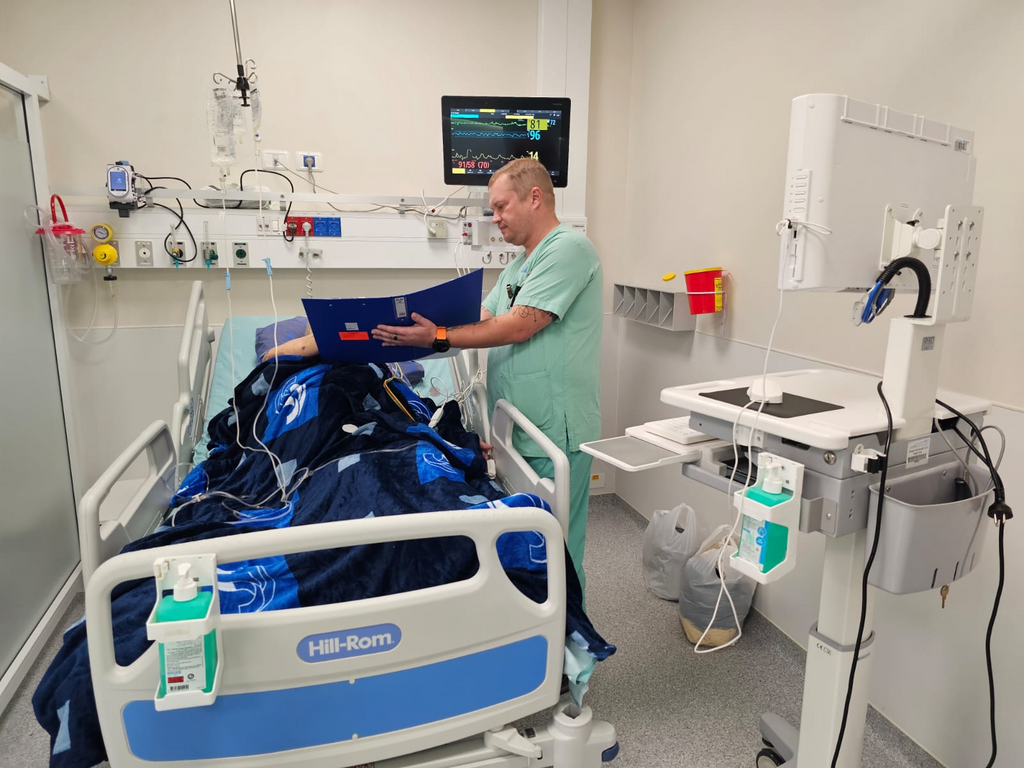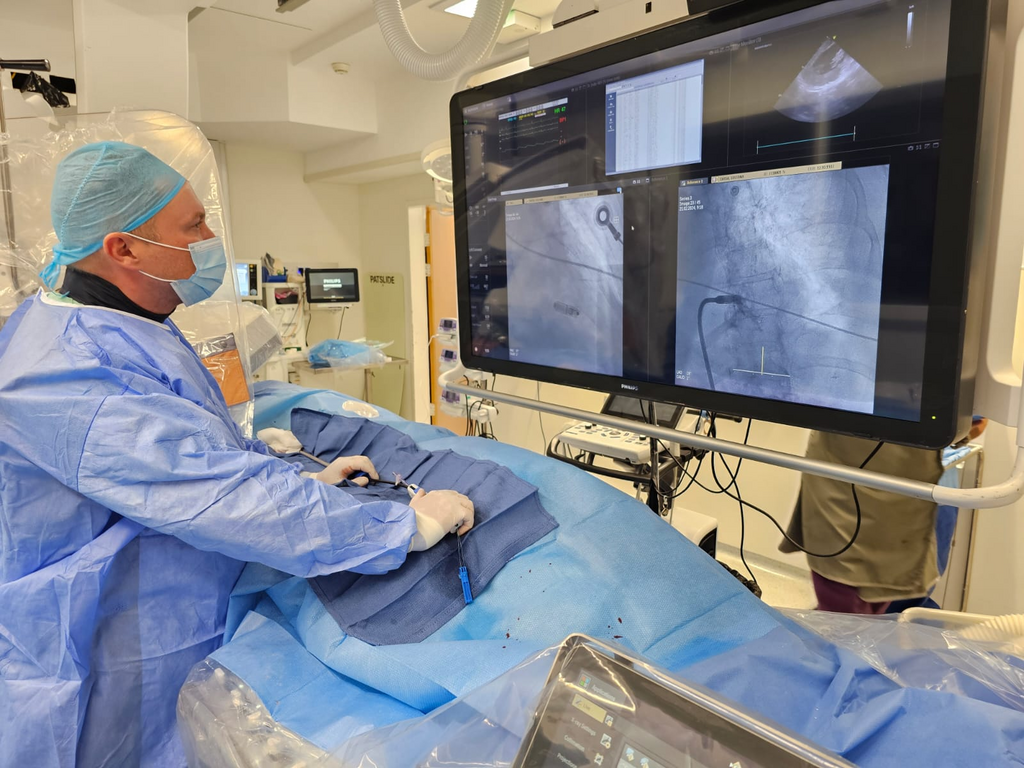The first implants of the new generation Micra AV-2 miniature and innovative heart pacemakers were performed at Shamir and Shamir medical centers on patients who required an artificial cardiac pacemaker. This is a new generation of heart pacemakers similar to the one implanted in Prime Minister Benjamin Netanyahu about a year ago.
More stories:
The implantation of the new pacemaker at Sheba was performed in a procedure that took half an hour and was successful with excellent clinical outcomes, and without incisions or scars. The procedure was performed by Dr. Vladimir Vasilchenko, a senior cardiologist with extensive experience in advanced pacemaker implantation.
"The advantage of the new generation of miniature heart pacemakers lies in better performance and lower risks compared to traditional pacemakers," he explained.
"You no longer need to put anything under the skin that sticks out and you can see it or thread electrodes into the veins. This solution minimizes the need to put the patients through a very cumbersome system and instead uses an elegant and simpler system that does not circulate in the blood vessels and this is the great advantage," explains Professor Elad Anter, head of the Arrhythmia Institute at the Shamir Medical Center.
At Sheba Medical Center, the surgery was led by Professor Roy Beinart, director of the Davidai Arrhythmia Center, on a 34-year-old patient born with a rare heart defect. She underwent complex surgery to alleviate her condition and afterward required the tiny pacemaker implantation due to her unique heart structure, which posed a relatively high risk of infection following the surgery. Therefore, a creative solution was required and, after consultations, tests and simulations, the decision was made to implant the new heart pacemaker.
The patient remained hospitalized for monitoring for two days after the pacemaker implant. She said she was anxious before the procedure. "I was afraid of implanting an old type pacemaker because of the increased risk of infection in my case. After the implantation, I felt better, I was able to walk better and my appetite returned. Now I continue to recover at home. I feel it's important that heart patients know that there is a solution and the possibility of getting a new pacemaker," she said.
Beinart added: "We performed an exceptional procedure with the new technology because the patient underwent complex heart surgery and asked us to 'think outside the box.' Not only was the procedure exceptional but also the entire preparation process before the pacemaker implantation: using virtual reality (VR) and printing silicone and the latest technologies available to find solutions tailored to the patients with their unique conditions."
The smallest pacemaker in the world
The new generation heart pacemaker, Micra AV-2, developed by Medtronic, is the smallest in the world, designed to synchronize the heart's electrical activity by sending electrical pulses to the right ventricle.
Traditional heart pacemakers have existed for decades and are based on the action of two electrodes in the form of small tubes that enter through the veins and connect to the heart to deliver electrical impulses using a computer and a tiny battery sitting under the collarbone. In contrast, the new pacemaker is implanted directly into the heart, ensuring minimal invasiveness and, according to hospital statements, the procedure should only take about 15 minutes.
According to Anter, about 5% of the population in Israel requires a pacemaker after the age of 65. "As we age, the electrical conduction system in the heart weakens, resulting in a decreased heart rate. We rely on a steady heart rate to perform various activities, and if it doesn't rise appropriately less blood reaches vital organs, potentially leading to feelings of fatigue and an inability to perform relatively simple tasks, a situation which a pacemaker helps to avoid," he said.
"The new pacemaker is the most advanced in the world, even more so than what was available in Israel until a few weeks ago. It's a very significant step and a truly groundbreaking technology. I'm very pleased that they will start using it both in Sheba and Shamir, as part of the advancement of cardiology in Israel," said Anter, who returned to Israel after 20 years of working in the field in the United States.
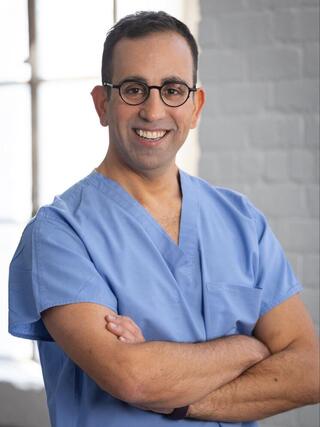 Dr. Elad AnterPhoto: Private collection
Dr. Elad AnterPhoto: Private collectionHe added that the electrodes in older model pacemakers can break or lead to infections or blood clots. Their average lifespan is 15 years, after which they need to be treated with potentially risky procedures or replaced. In contrast, with the new model pacemaker, there's no need for electrode implantation through blood vessels, reducing the risk of infection.
Additionally, the new pacemaker allows for better tracking of fixed heart rates. With simple and automatic programming, it is also suitable for MRI scans and implantation in dialysis patients and cancer patients, as well as others at increased risk of suffering from infections. However, not all patients are eligible for this device, and decisions regarding the choice of a pacemaker should be made in consultation with specializing physicians in the field.


